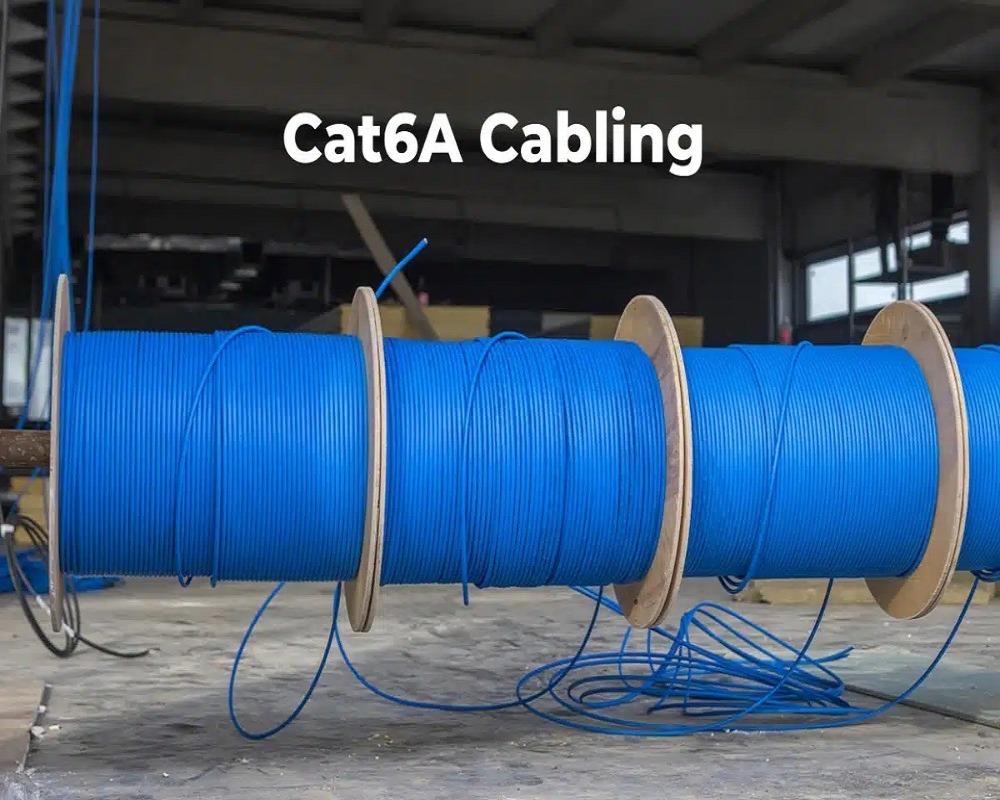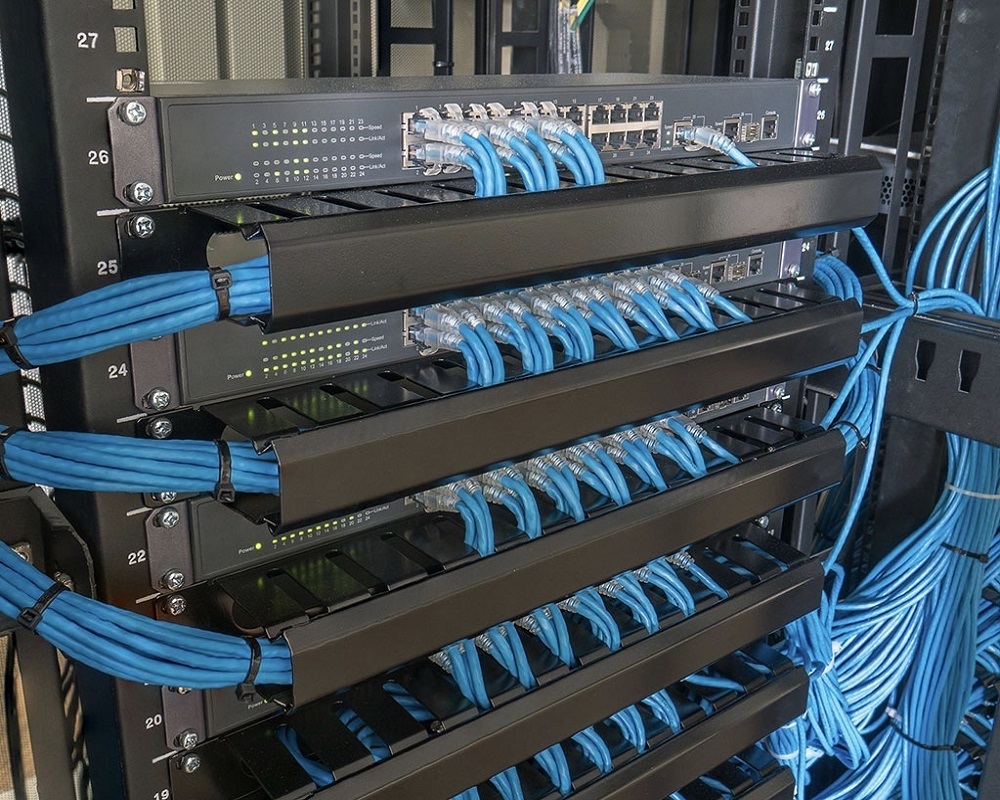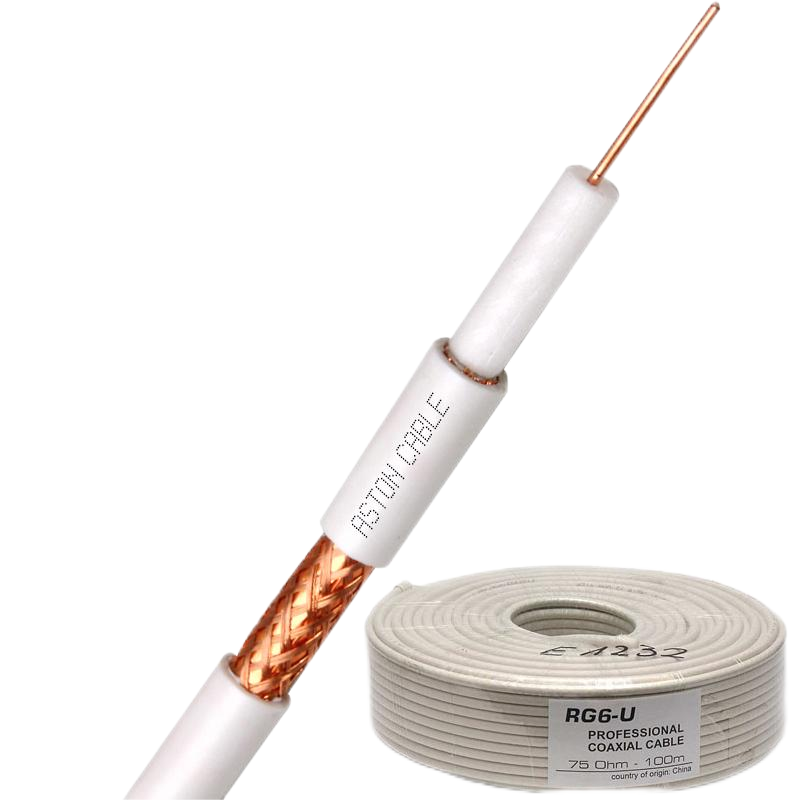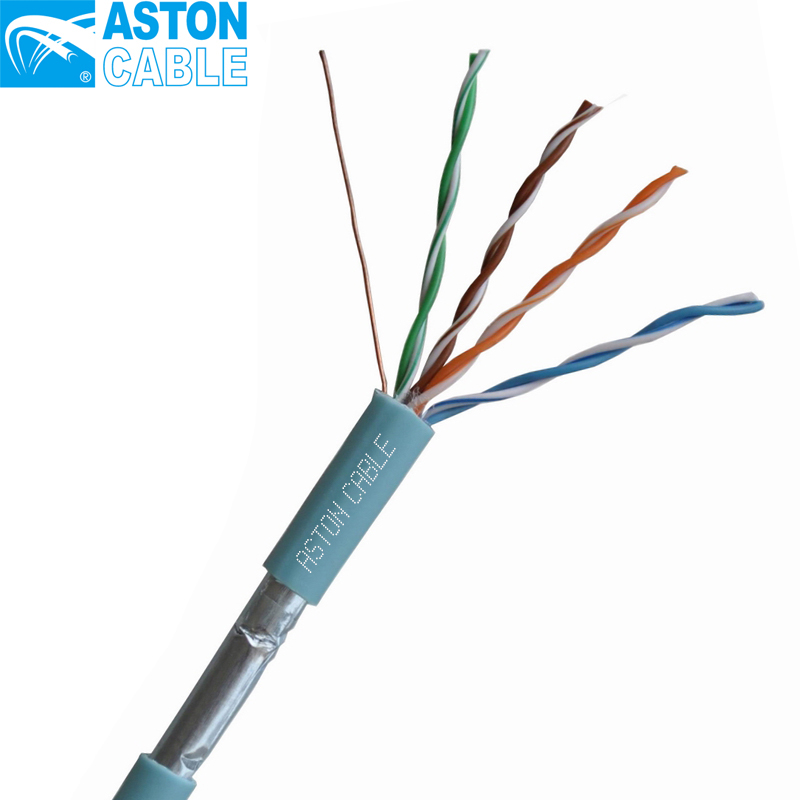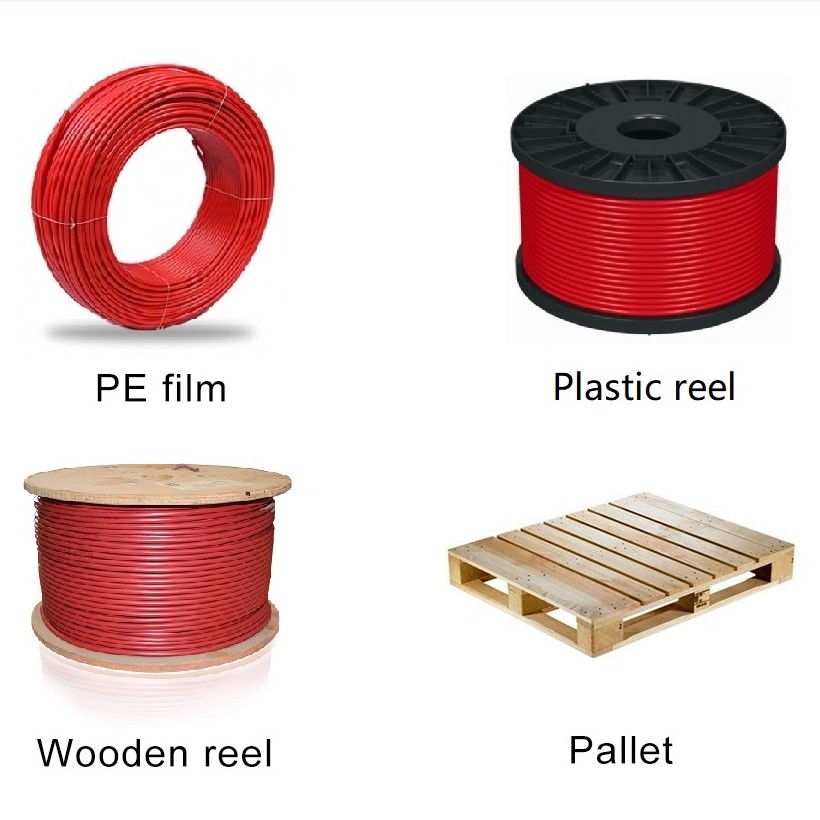Product Details
| Parameter | Details |
|---|---|
| Product Name | UTP Cat6 Network Cable |
| Jacket | PVC, LSZH |
| Conductor | 23AWG Bare Copper |
| Core | 4 Pairs Stranded Conductor |
| Shield | 4 pairs al foil shield |
| Outer Jacket | PVC/LSZH Flame Retardant |
Common Product Specifications
| Characteristic | Specification |
|---|---|
| Frequency | 250 MHz |
| Data Rate | 1 Gbps up to 100m, 10 Gbps up to 55m |
| Compatibility | Backward Compatible with Cat5 and Cat5e |
Product Manufacturing Process
UTP Cat6 network cable manufacturing requires precision and quality control to meet set standards. The manufacturing process involves multiple steps starting with the precise twisting of copper wire pairs to minimize interference and maximize the bandwidth. Advanced machinery ensures that the twisting is even, with consistent tension applied across all pairs. The cable is then sheathed in PVC or LSZH material, which is crucial for insulation and protection against fire and environmental factors. Testing each batch for compliance with standards like ISO9001 and CE is vital. This comprehensive process ensures that the cable can deliver optimal performance in various installations.
Product Application Scenarios
UTP Cat6 network cables are essential in modern networking scenarios. In homes, they provide reliable internet connections for streaming and gaming across multiple devices. In commercial environments, these cables connect computers and networking equipment, supporting business operations and data transfer. Data centers also utilize UTP Cat6 cables for high-speed connections between servers, maintaining seamless digital communication. Their design ensures reduced interference and enhanced signal integrity, making them versatile for both current and future networking needs.
Product After-sales Service
Our commitment extends beyond the sale. We offer comprehensive after-sales support, including troubleshooting assistance and replacement for any defective products. Our customer service team is available to ensure your satisfaction and address any concerns promptly.
Product Transportation
We ensure safe and efficient transportation of our UTP Cat6 network cables, employing standard export packaging to protect during transit. We utilize reliable shipping partners to guarantee timely and secure delivery to your location through major delivery ports such as Ningbo.
Product Advantages
- High data transmission speeds up to 10 Gbps on short distances
- Strong interference protection with al foil shielding
- Durable construction with flame retardant outer jacket
- Compatible with previous cable standards for seamless upgrades
Product FAQ
- What distinguishes Cat6 from Cat6A? Cat6A can handle 10 Gbps over longer distances (up to 100m) compared to Cat6, which supports this speed up to 55m. Cat6A is thicker due to better shielding.
- What is the maximum length for maintaining optimal performance? For optimal performance, Cat6 cables can support up to 1 Gbps over 100 meters and up to 10 Gbps over 55 meters.
- Can Cat6 cables be used outdoors? While Cat6 cables are durable, outdoor use requires specialized cable with additional protection against weather and UV damage. Consider outdoor-rated versions for such needs.
- What connectors are compatible with Cat6 cables? Cat6 cables utilize RJ-45 connectors, standard for Ethernet connections, making them backward compatible with Cat5 and Cat5e systems.
- Are UTP Cat6 cables suitable for gaming? Yes, UTP Cat6 cables provide adequate bandwidth and reduced lag, making them suitable for gaming and high-definition streaming services.
- How does Cat6 handle interference? The twisted pair design of Cat6 cables offers intrinsic protection against EMI and crosstalk, maintaining signal quality even in environments with significant interference.
- Is it worth upgrading to Cat6 from Cat5e? Upgrading offers higher bandwidth and better interference protection, future-proofing your network infrastructure for faster and more demanding applications.
- What are the differences between PVC and LSZH jackets? PVC jackets offer basic protection, while LSZH (Low Smoke Zero Halogen) provides reduced smoke emissions in case of fire, ideal for environments where safety is paramount.
- Does Cat6 support PoE? Yes, Cat6 cables support Power over Ethernet, making them ideal for powering devices like IP cameras and access points along with data transmission.
- What’s the difference between UTP and STP cables? UTP (Unshielded Twisted Pair) is simpler and cheaper but may not handle interference as well as STP (Shielded Twisted Pair), which offers extra protection against EMI through additional shielding.
Product Hot Topics
- Why Choose UTP Cat6 Network Cables Over Wireless Networks? While wireless networks offer convenience, UTP Cat6 network cables provide superior speed, stability, and security for data-heavy applications. The consistency of a wired connection is especially important in environments where constant connectivity is critical, such as gaming or business operations. Unlike wireless signals which can be disrupted by physical obstructions and interference, wired networks maintain high data integrity. Moreover, the scalability of cable networks makes them ideal for growing infrastructure needs.
- How to Maximize the Longevity of Your UTP Cat6 Network Cable? Proper installation and maintenance are key to extending the life of your UTP Cat6 network cables. Avoid sharp bends and excessive force during installation to maintain the integrity of the twisted pairs. Regular checks for physical damage and ensuring that connectors are secure can prevent signal loss and data degradation. Consider the environment where the cable is installed; humidity and high temperatures can accelerate wear. By adhering to these guidelines, you can ensure optimal performance over the cable's lifespan.
- The Role of UTP Cat6 in Modern Smart Homes Smart homes rely heavily on stable and high-speed internet connections to support various devices, from security systems to smart appliances. UTP Cat6 network cables provide the necessary backbone for these connections, ensuring flawless communication between devices. This increased reliability is paramount as more homes adopt smart technology solutions, eliminating disruptions that are often associated with wireless networks. Furthermore, the capability to handle higher data rates makes Cat6 cables a critical component in the evolution of smart home infrastructure.
- Future of Networking with UTP Cat6: A Reliable Standard Despite the advent of newer cable standards, UTP Cat6 remains a reliable choice due to its balance of cost and performance. It supports current networking demands while providing room for future growth in data usage. As networks expand with IoT devices and high-definition content, Cat6 cables can meet these challenges with consistent and secure data delivery. Their continued relevance is affirmed by their compatibility with existing infrastructure, offering a seamless integration that is both efficient and economical.
- Comparing UTP Cat6 and Fiber Optic Cables While fiber optic cables offer unparalleled speed and bandwidth capabilities, UTP Cat6 network cables remain a cost-effective alternative for many applications. The installation of fiber optics is more complex and expensive, often reserved for backbone networks and data centers. In contrast, Cat6 cables provide sufficient bandwidth for most home and business environments at a fraction of the cost. This makes them ideal for widespread network deployment, especially where budget constraints exist, without sacrificing performance for everyday tasks.
- UTP Cat6 Network Cable: The Backbone of Business Communication In business environments, communication and data exchange are vital functions supported by robust network infrastructure. UTP Cat6 cables facilitate these needs with high-speed connections and minimal downtime, ensuring that operations run smoothly. Their ability to deliver consistent performance across various devices makes them indispensable in office networks where reliability affects productivity. As businesses continue to digitize their operations, investing in quality network cabling like Cat6 becomes a strategic decision that can impact long-term success.
- Exploring the Environmental Impact of UTP Cat6 Cables Producing UTP Cat6 network cables involves processes that can impact the environment, but advancements in manufacturing and materials have reduced these effects. The use of LSZH materials reduces harmful emissions during a fire, promoting safer use in populated areas. Manufacturers are also adopting eco-friendly practices such as recycling materials and reducing waste in production facilities. These efforts contribute to a more sustainable future while maintaining the high performance expected from networking cables.
- UTP Cat6 Cables in the Era of Remote Work As remote work becomes more prevalent, the demand for stable and high-performance home networks has increased. UTP Cat6 cables play a crucial role in meeting these needs by providing dependable connectivity for video conferencing, data transfer, and collaborative tools. Where wireless networks may falter due to increased load and interference, wired connections offer a more reliable solution. Investing in quality cables ensures that remote workers can maintain productivity without technical disruptions.
- Understanding the Cost Dynamics of UTP Cat6 Network Cables The cost of UTP Cat6 network cables is influenced by components such as copper grade, jacket material, and additional shielding. While initially more expensive than Cat5e, the enhanced performance and future-readiness of Cat6 justify the investment. When considering installation costs, the durability and longevity of Cat6 cables further contribute to cost savings over time. In applications where network demand is high or expected to grow, UTP Cat6 offers a balanced investment with long-term benefits.
- Network Security Considerations with UTP Cat6 Cables Security is a major concern in networked environments, and while UTP Cat6 cables provide physical security advantages over wireless networks, they must be supported with proper network configurations. Ensuring that access points are secure and monitoring network traffic can prevent unauthorized access and data breaches. Physical security measures, such as securing cable routes and access to wiring closets, are also necessary to maintain the integrity of the network, especially in sensitive applications.
Image Description
